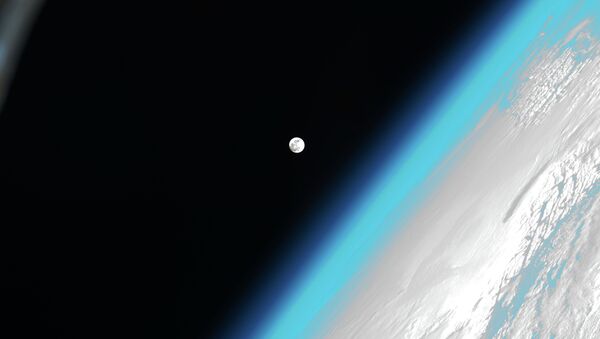A team of scientists claim to be close to resolving the baffling phenomena of strange alternating light patterns on the Moon's surface, which has been observed over the years.
One attempt to do so is being led by Hakan Kayal, professor of space technology at Julius-Maximilians-Universität Würzburg (JMU) in Germany.
The Professor’s team has built a telescope in Spain, which went into operation earlier this year and can be controlled from JMU's campus.
The telescope’s two cameras watch the moon after night, and when they both see one of the flashes, photos and videos are taken as alerts are sent out to Professor Kayal's team, writes Phys.org.
Experts have long been observing strange flashes of light emanating from the Moon, but a definitive answer to the riddle has eluded them.
Different parts of the celestial body are lighting up multiple times per week, sometimes in swift flashes and sometimes lasting for hours, while at other times, parts of the surface mysteriously go dark.
The phenomenon completely baffled scientists, unable to figure out the reason for the strange changes in light, despite observing them for decades, and cataloguing them in scientific papers as far back as the 1950s.
Referred to commonly in science circles as “transient lunar phenomena”, one paper in 1970 described how they “emitted light usually described as reddish or pinkish, sometimes with a “sparkling” or “flowing” appearance”.
It further noted the phenomena stretched for miles across the Moon surface and could go on for hours but more often lasted about 20 minutes.
Over time, a number of possible explanations have been suggested, such as meteors slamming into the Moon or solar winds hitting moon dust.
Movement of the Moon's surface releasing gases that reflect sunlight back at the Earth was another likely option, according to experts.
Now scientists hope to finally understand what is causing the strange flashes on the surface, by systematically observing the surface over the long-term.
The scientists then hope to share the findings with the European Space Agency, subsequently cataloguing the events and taking a step closer to figuring out the phenomena.
Learning about the Moon's surface in this way could prove key with a number of countries including the US and China aspiring to head to the Moon and build lunar bases.
“Anyone who wants to build a lunar base at some point must of course be familiar with the local conditions,” said Professor Kayal in a statement.



